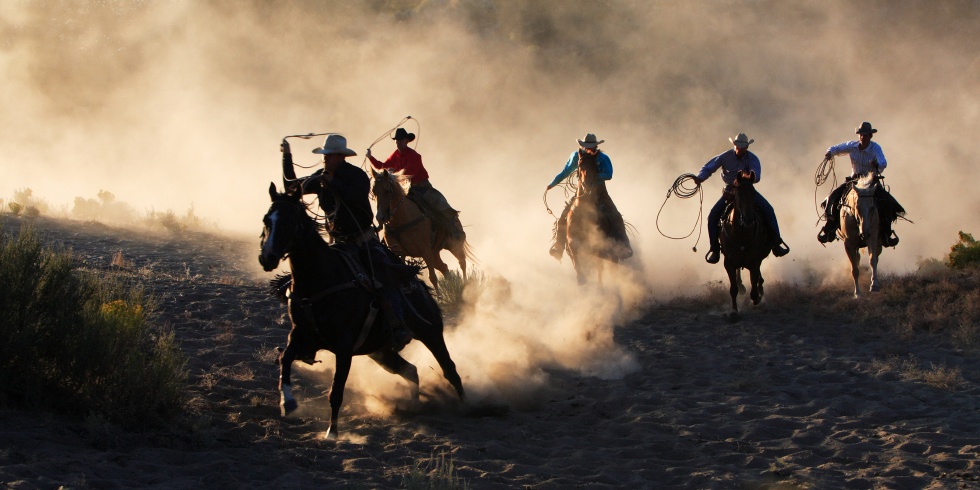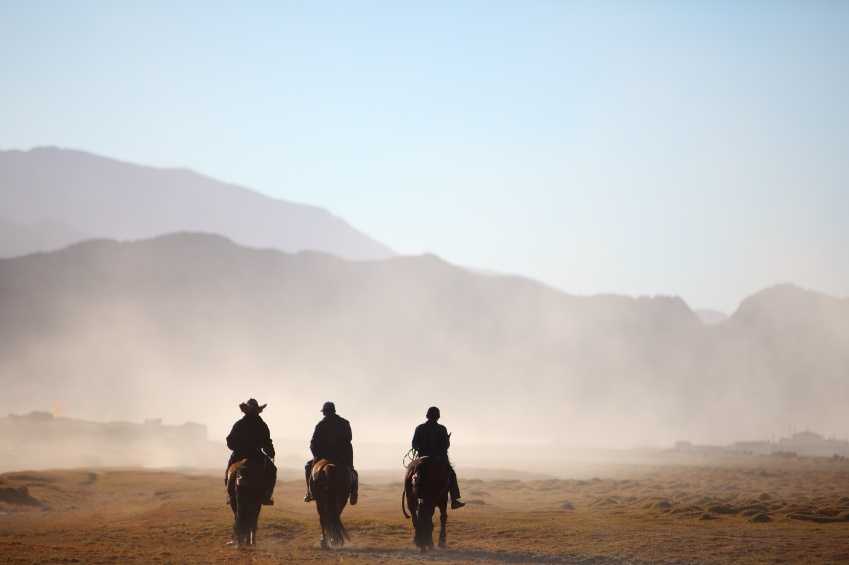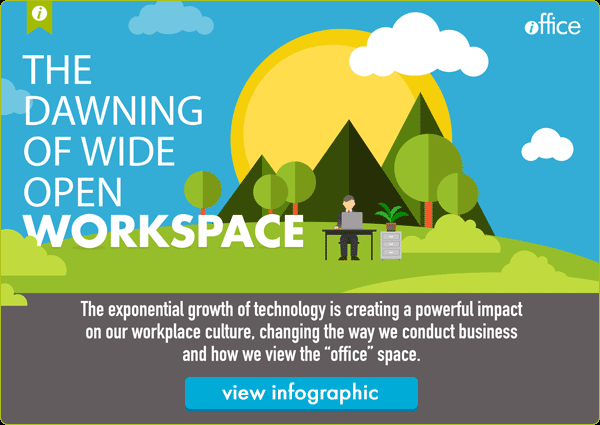These Three Things Will Inspire Your Workforce to Ride for the Brand


Cowboys of the Old West were often balancing personal independence with the necessity of working as a team. For instance, every man was expected to have himself and his gear tended for and ready to ride with the rest of the cowpokes. In turn, their independence directly affected the ability of the team, as any weak link could undermine the whole operation.
Part of the process of becoming a team, while maintaining their independence, meant cowboys had to identify the overarching goals of the team and foster loyalty to this group and their unified goals. Loyalty often encourages greater commitment to the entire organization, not just the individuals you are interacting with. The “brand” literally stood for the mark put on the cattle as well as the quality of the herd, the professionalism of the cowboys, the business acumen of the owner, and the reputation of the organization as a whole. And good cowboys understood that these three measures, trust, loyalty and commitment, were vital to their future success, as reputation always preceded. Riding for the brand was not just a good thing to do, but would often make or break a cowboy’s career.

Modern Loyalty to the Brand
Although numerous business entities praise the ideals of constant growth and change, there are some business holdovers, from prior times, which still have great merit. Much like the cowboys at the beginning, the modern worker or employee is balancing their job status independence with some level of loyalty to the company they work for. This loyalty to the brand is of great importance, as it does offer a sense of commitment that can be missing in the modern climb to the top. As we can see with some more recent business moves, the C-suite is feeling the pendulum swinging towards sustainable workforces and away from the interchangeable parts approach, which often leaves employees burnt out and not very loyal to the company or its brand.
In order to build brand loyalty, there should be an understanding from the workforce all the way up to the C-suite as to who and what you are representing. The modern brand is:
“A combination of tangible and intangible elements, such as a trademark, design, logo and trade dress, and the concept, image and reputation which those elements transmit…” –Helen Lom
This means that, in modern business, you are representing the brand with everything you do and produce – an especially important factor, when considering how much information is regularly being shared on social media. Be careful as to how you are portraying yourself and the people around you, as everyone has an opinion and an open forum to express said opinions.
Loyalty in Your Customers
It’s one thing to have loyal employees, as they can see the value in the company and their position within the team. The other key facet of loyalty and commitment stems from the customer and the customer service they receive. The job of the team is to show the customer that they have made the right choice and should choose to stick with a good thing. Again, the team is instrumental in making this happen from their direct interactions to an overall positive and helpful attitude, which you want to be seen as pervasive across the entire company.
And how do these attitudes grow? Treat those who will help you the most with great respect and see the positive attitudes take hold. As seen with countless other successful companies, Southwest Airlines recognized the importance of positive customer service and interactions.
“Southwest promotes a better customer experience by hiring employees based on attitude rather than work experience and then training them to both perform their jobs effectively and represent the company in a positive manner every step of the way. By hiring employees that are willing to engage, Southwest ensures that customers will have the best service experience possible while flying.”
The loyalty of the customer and employee go hand in hand and everyone benefits in the long run.
Investing in the Future
Although loyalty and commitment to the brand are of paramount importance to the success of an organization, there is still a desire to see growth and hunger amongst the employees. Management must  remember to always promote independent thinking and problem solving and must always be asking whether the customer, employees, and brand are being serviced to the full extent. Promoting problem solving and vertical moves within a company simply furthers the loyalty to the brand. This type of movement then becomes the product and reward for hard work, an often-overlooked factor in promoting the coveted loyalty and commitment. Don’t forget to praise all positive ideas and actions, so there is a constant desire to do more and build the organization in a positive direction.
remember to always promote independent thinking and problem solving and must always be asking whether the customer, employees, and brand are being serviced to the full extent. Promoting problem solving and vertical moves within a company simply furthers the loyalty to the brand. This type of movement then becomes the product and reward for hard work, an often-overlooked factor in promoting the coveted loyalty and commitment. Don’t forget to praise all positive ideas and actions, so there is a constant desire to do more and build the organization in a positive direction.
Loyalty and commitment may seem like more of an intangible goal, as you are dealing with opinion and emotions, but a few key areas of support and recognition can make good companies great. Find out what motivates your workers. What motivates them will often be what moves the entire herd and before long the whole team will be riding for the brand.
